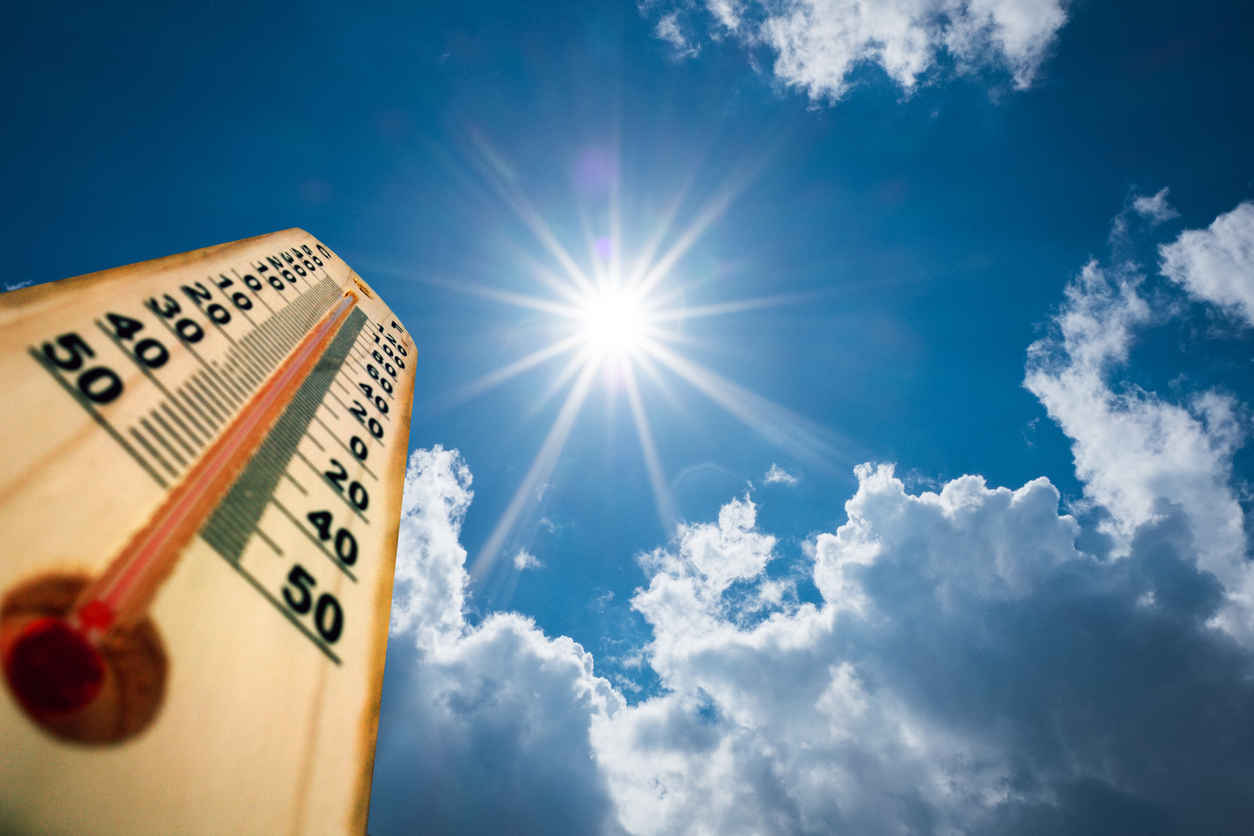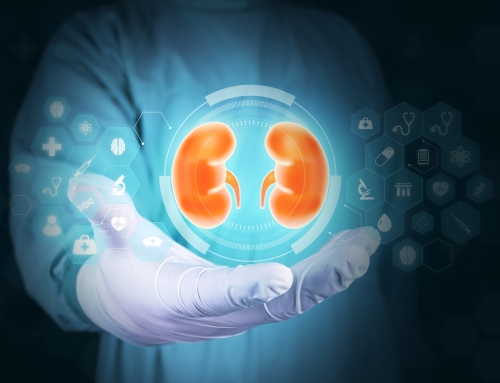Summer is here and this time of year can be especially challenging for dialysis patients! No matter how thirsty you are, you must still monitor your fluid intake. At the Dialysis Patient Citizens Education Center, we are continuously researching and sharing information that can improve the quality of life of renal patients. This article focuses on fluid intake and thirst tips and is provided by Fresenius Kidney Care (freseniuskidneycare.com) and DaVita (davita.com).
The following information is provided by Fresenius Kidney Care.
Dialysis works to remove excess fluid from your blood, so it’s important to manage your fluid intake. Fluids are typically limited on a dialysis diet, and the exact amount you should have each day may depend on your health and the type of dialysis you’re on. People on home dialysis may have fewer dialysis fluid restrictions, while people on in-center hemodialysis generally have greater limitations to their fluid intake. Talk to your doctor or dietitian about how to manage your fluids and feel your best.
Why do I have dialysis fluid restrictions?
Limiting fluids will help you feel better and stay healthier. Once you’re on dialysis, you may urinate very little—or not at all. Any extra fluid must be removed by dialysis, and consuming too much fluid may cause buildup between dialysis sessions, resulting in the following:
- Headaches and low energy
- Swelling in your face, hands and feet (edema)
- Trouble breathing from fluid in your lungs
- Heart damage from stretching your heart with too much fluid
- High blood pressure that can lead to a stroke
Less salt = less thirst = feeling better
Consuming less salt will help you:
- Control your thirst.
- Avoid swelling in ankles, fingers, waist, or under eyes.
- Keep your heart stronger.
- Breathe easier.
8 thirst tips for dialysis patients
Controlling how much you drink isn’t always easy. Try these ideas for managing your fluid intake:
- Eat a piece of cold or frozen fruit, like grapes, strawberries, or blueberries.
- Freeze your favorite beverage in a bottle and sip as the fluid melts.
- Suck on a piece of sugar-free hard candy or chew sugar-free gum.
- Drink from small cups or glasses.
- Rinse your mouth with mouthwash.
- Avoid “fluid traps”—situations where you may drink out of boredom or habit.
- Count to 100 and try to wait for a fluid craving to pass.
- Stay cool during hotter months with a misting fan and proper clothes.
The following information is provided by DaVita Kidney Care.
How Target Weight and Fluid Gain Affect Dialysis Patients
A person with healthy kidneys may urinate up to seven times a day. Most people on dialysis, however, make little to no urine, because their kidneys are no longer properly removing wastes and extra fluid from the body. Without urination, fluid builds up in the body and can cause swelling, shortness of breath and/or weight gain. Hemodialysis filters the blood to remove excess fluid from your blood to get you down to your target weight, also called “dry weight.”
What You Need to Know About Fluid Gain
Fluid gain is caused by a decrease in urine flow and a normal to increased intake of dietary fluids. Fluid gain is determined by your weight gain between treatments, which is why you are weighed before each dialysis treatment begins. Fluid gains between dialysis treatments should not be more than 5% of estimated target weight.
If too much fluid accumulates between dialysis treatments, it is more difficult to get down to the target weight. A gain of less than 5% of a patient’s body weight is easier to remove than gains above 5%, which may be harder to remove and may cause the patient to have an uncomfortable dialysis treatment.
How Fluid Gain Affects Dialysis
Excess fluid affects the body in harmful ways. It can cause:
- Weight gain
- Increase in blood pressure due to extra fluid in the blood stream
- Swelling, called edema, in the feet, ankles, wrists, face and around the eyes
- Abdominal bloating
- Shortness of breath due to fluid in the lungs
- Heart problems, which can include a fast pulse, weakened heart muscles and an enlarged heart
If you exceed your recommended fluid allowance between treatments, more fluid must be removed. There is a limit, however, on how much fluid can be safely removed during a dialysis treatment.
Removing excessive fluid gain can make treatment uncomfortable. Patients can experience a sudden drop in blood pressure, which usually occurs toward the end of a dialysis treatment. You may feel nauseated, weak and tired because your body may not be used to having so much fluid removed at once. Some people experience muscle cramping during dialysis when they gain too much fluid weight. Taking out a lot of fluid at one treatment can also leave you feeling dizzy or weak after the treatment. Not removing enough fluid; however, may leave the patient overloaded, put added strain on the heart, keep the blood pressure high and cause difficulty for the next treatment. One of the most common reasons for a patient on hemodialysis to go to the hospital is for fluid overload that causes shortness of breath. Sometimes, an extra dialysis treatment may be required to remove all the extra fluid.
Long-term Effects of Fluid Gain for Dialysis Patients
Large fluid gains between hemodialysis treatments can be hard on a person’s heart and lungs. Short-term effects of fluid overload include cramps at dialysis, headaches and breathing difficulties, and serve as warnings for potential problems in the future. That’s why it’s important to monitor and keep fluid gain in check between dialysis treatments. Your efforts in limiting fluid intake can affect your immediate well-being and your long-term health.
By keeping fluid gains as low as possible between dialysis treatments, you can help minimize the risk of serious health problems. Repeatedly overloading your system with fluid makes your heart work harder and may lead to heart problems.
Limiting Fluid Intake Between Dialysis Treatments
Restricting your daily fluid intake will help you feel more comfortable before, during and after your dialysis sessions. It also reduces the chances of unpleasant symptoms during dialysis and potential health problems over time.
Each patient has a different allowance for daily fluid depending on physical activity level, body size and urine output. Most people on hemodialysis are limited to approximately 32 to 50 fluid ounces per day, compared to a fluid intake of 100 ounces daily for someone who has working kidneys. Talk to your dietitian if you have questions




